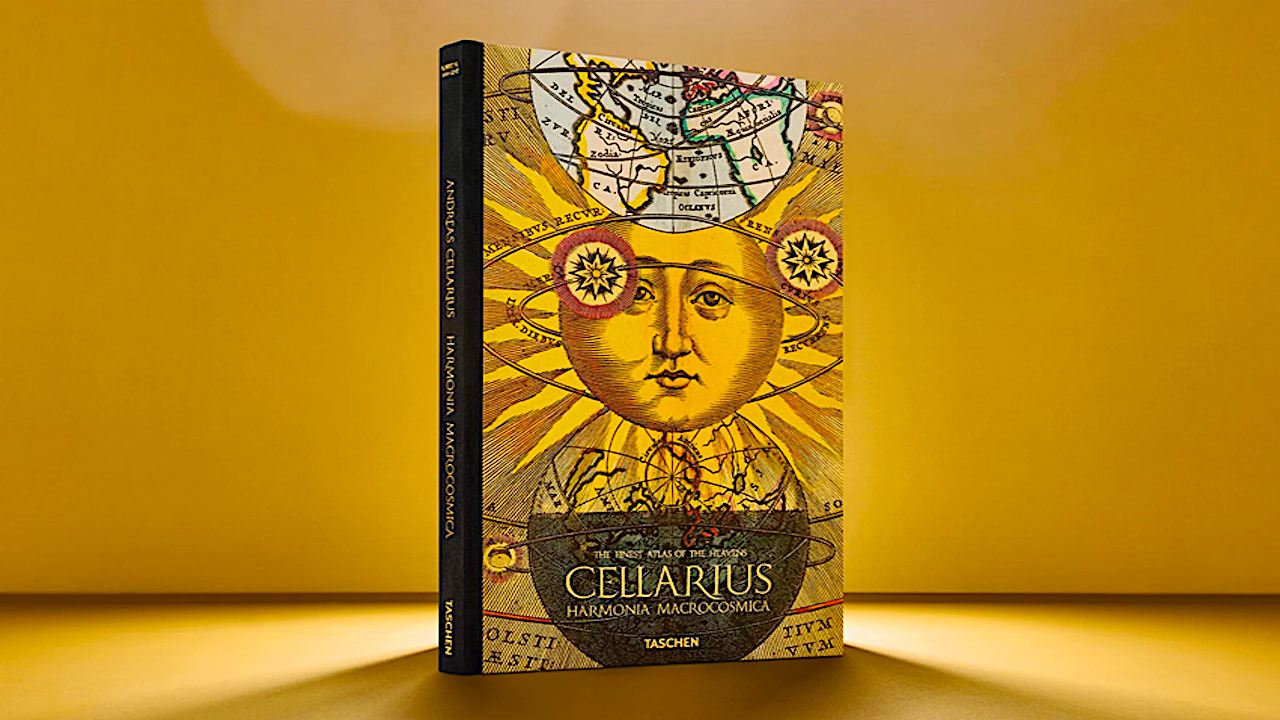Artemis 1 Orion spacecraft captures selfie as Earth sets behind moon (video)
The Artemis 1 spacecraft is bringing live space footage to a whole new lunar level.
The Artemis 1 mission's Orion spacecraft keeps taking selfies with a lunar flavor.
Incredible footage from Orion on Wednesday (Nov. 23) shows Earth setting behind the moon in the background, just moments before a spacecraft camera tilts for a glorious Hollywood-style selfie.
The photobomb moment is just one of many coming from Artemis 1, the first flight of NASA's Artemis program, which launched on Nov. 16. The footage is useful not only for public relations but also to ensure the spacecraft is running well during its lunar voyage, NASA officials have said.
Later in the video, there's an even better view of the side of Orion with the crescent moon behind it, which was filmed on Tuesday (Nov. 22). The spacecraft aims to be the farthest human-rated vessel yet in space, exceeding the mark set by the crewed NASA Apollo 13 dual docked spacecraft as they looped around the moon in 1970 on their near-disastrous mission.
In photos: Amazing views of NASA's Artemis 1 moon rocket debut
On Friday (Nov. 25), Orion reached a distant retrograde orbit (DRO) around the moon, which will take it roughly 40,000 miles (64,000 kilometers) beyond the lunar surface at its most distant point. (Apollo 13's mark was 248,655 miles or 400,171 km, and came by accident, as the crew had to fly around the moon instead of landing due to a deep-space emergency.)
Orion will spend slightly less than a week in the DRO before departing with an engine burn on Dec. 1. The journey home will eventually see Orion splash down in the Pacific Ocean off the California coast on Dec. 11, if it sticks to the flight plan.
Breaking space news, the latest updates on rocket launches, skywatching events and more!
The 25-day Artemis 1 shakedown cruise is crucial, NASA has said, to make sure all systems on Orion and the gigantic Space Launch System rocket that sent it to space are ready for human crews. The agency aims to launch the Artemis 2 crewed mission around the moon as soon as 2024, and set people down near the lunar south pole lunar with Artemis 3 in 2025 or 2026. Future missions of Artemis will explore the south pole in detail, as it is believed to be rich in resources such as water ice.
Elizabeth Howell is the co-author of "Why Am I Taller?" (ECW Press, 2022; with Canadian astronaut Dave Williams), a book about space medicine. Follow her on Twitter @howellspace. Follow us on Twitter @Spacedotcom or Facebook.

Elizabeth Howell (she/her), Ph.D., was a staff writer in the spaceflight channel between 2022 and 2024 specializing in Canadian space news. She was contributing writer for Space.com for 10 years from 2012 to 2024. Elizabeth's reporting includes multiple exclusives with the White House, leading world coverage about a lost-and-found space tomato on the International Space Station, witnessing five human spaceflight launches on two continents, flying parabolic, working inside a spacesuit, and participating in a simulated Mars mission. Her latest book, "Why Am I Taller?" (ECW Press, 2022) is co-written with astronaut Dave Williams.
